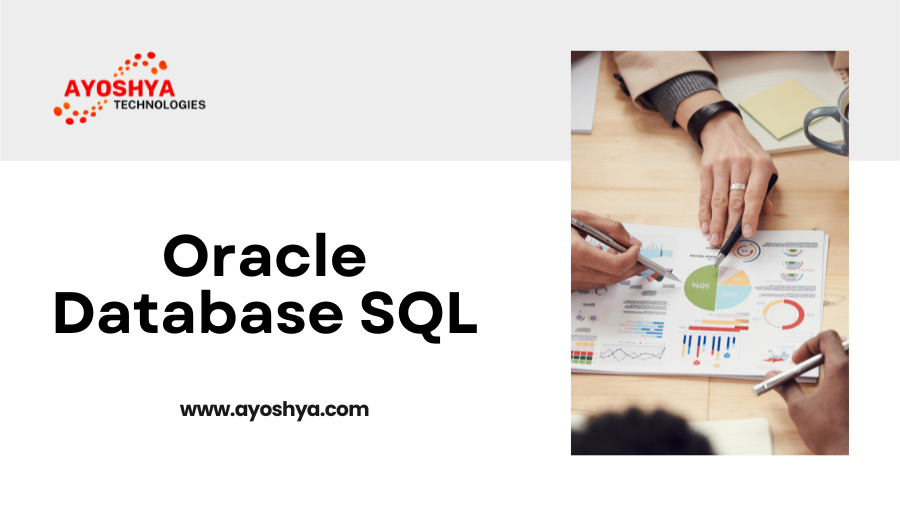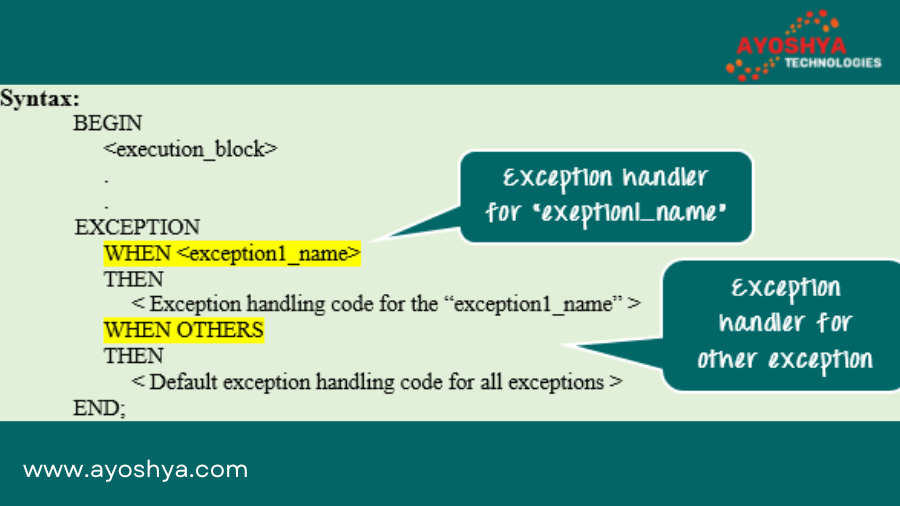Which Is More Excellent Testing VS Manual Testing?
Struggling to choose between manual and automation testing? Stop the fight! We unveil the strengths & weaknesses of EACH approach to help you pick the perfect testing strategy. Discover the secrets to efficient software development

Imagine a tireless QA (Quality Assurance) team member who can meticulously execute repetitive tests with lightning speed and pinpoint accuracy. That’s the magic of automation testing! In this section, we’ll delve into the world of automation testing, unpacking its core concepts and highlighting its immense value in the software development lifecycle.
2.1 What is Automation Testing?
At its core, automation testing involves using specialized software tools to automate the execution of test cases. These test cases are essentially a set of instructions designed to verify the functionality of an application. Traditionally, software testers would manually perform these tests, clicking through menus, entering data, and verifying results – a time-consuming and error-prone process. Automation testing streamlines this process by allowing you to record these manual steps and convert them into scripts that the software tool can execute automatically.
Beyond replicating manual tests, automation testing empowers you to create more intricate and comprehensive test scenarios. Imagine testing a complex login system with hundreds of user accounts and various data combinations. Manually performing such a test would be near impossible, but automation tools can handle it with ease, ensuring a robust testing process.
2.2 Why Use Automation Testing?
The benefits of automation testing are numerous and far-reaching. Here are some key reasons why it has become an essential practice in modern software development:
- Enhanced Efficiency and Speed: Automation significantly reduces the time required to execute repetitive test cases. This frees up valuable QA resources to focus on more strategic testing endeavors, such as exploratory testing or usability testing.
- Improved Accuracy and Consistency: Human error is inevitable in manual testing. Automation scripts, however, execute tests flawlessly every time, ensuring consistent and reliable results. This leads to fewer bugs slipping through the cracks and a higher quality software product.
- Increased Test Coverage: Automation empowers you to create a wider range of test cases, covering more functionalities and edge cases that might be missed in manual testing. This comprehensive testing approach leads to a more robust and reliable software application.
- Strengths of Manual Testing:
- Intuitive Exploration: Manual testers excel at exploratory testing, where they delve into the software with an open mind, uncovering usability problems, logic inconsistencies, and edge cases that might be missed by pre-defined test scripts.
- Superior User Experience Evaluation: Human testers can assess the software’s aesthetics, intuitiveness, and overall user experience with an unmatched level of subjectivity. They can identify areas that feel clunky or confusing to users, ensuring a smooth and enjoyable interaction.
- Limitations of Manual Testing:
- Repetitive Tasks: Manual testing repetitive tasks can be tedious and error-prone. Human fatigue can lead to missed defects or inconsistencies, especially during regression testing of frequently updated features.
- Scalability Challenges: As the software’s complexity grows, the number of manual test cases also increases. Managing and executing a vast manual test suite becomes time-consuming and resource-intensive.
2. Automation Testing: The Powerhouse of Efficiency
Automation testing harnesses the power of software to automate the execution of test cases. Testers meticulously design scripts that simulate user actions and verify expected outcomes. These scripts can be repeatedly executed with high precision, saving time and effort during regression testing cycles.
- Strengths of Automation Testing:
- Speed and Efficiency: Automated tests can be executed significantly faster than manual tests, enabling quicker feedback loops and faster release cycles. This is particularly beneficial for testing frequently changing applications.
- Enhanced Accuracy and Repeatability: Automation scripts follow a defined set of instructions, eliminating human error and ensuring consistent test execution across multiple runs. This minimizes the risk of regressions being introduced during updates.
- Limitations of Automation Testing:
- Upfront Investment: Setting up and maintaining automation frameworks requires an initial investment in tools, training, and script development. This cost-benefit analysis might not always favor automation for small or simple projects.
- Limited Scope: A
- Strengths of Manual Testing:
- Intuitive Exploration: Manual testers excel at exploratory testing, where they delve into the software with an open mind, uncovering usability problems, logic inconsistencies, and edge cases that might be missed by pre-defined test scripts.
- Superior User Experience Evaluation: Human testers can assess the software’s aesthetics, intuitiveness, and overall user experience with an unmatched level of subjectivity. They can identify areas that feel clunky or confusing to users, ensuring a smooth and enjoyable interaction.
- Limitations of Manual Testing:
- Repetitive Tasks: Manual testing repetitive tasks can be tedious and error-prone. Human fatigue can lead to missed defects or inconsistencies, especially during regression testing of frequently updated features.
- Scalability Challenges: As the software’s complexity grows, the number of manual test cases also increases. Managing and executing a vast manual test suite becomes time-consuming and resource-intensive.
2. Automation Testing: The Powerhouse of Efficiency
Automation testing harnesses the power of software to automate the execution of test cases. Testers meticulously design scripts that simulate user actions and verify expected outcomes. These scripts can be repeatedly executed with high precision, saving time and effort during regression testing cycles.
- Strengths of Automation Testing:
- Speed and Efficiency: Automated tests can be executed significantly faster than manual tests, enabling quicker feedback loops and faster release cycles. This is particularly beneficial for testing frequently changing applications.
- Enhanced Accuracy and Repeatability: Automation scripts follow a defined set of instructions, eliminating human error and ensuring consistent test execution across multiple runs. This minimizes the risk of regressions being introduced during updates.
- Limitations of Automation Testing:
- Upfront Investment: Setting up and maintaining automation frameworks requires an initial investment in tools, training, and script development. This cost-benefit analysis might not always favor automation for small or simple projects.
- Limited Scope: A
you may be interested in this blog here:-











